A professor in the Department of History at Virginia Tech, Roger Ekirch (1950) is a historian who specialised in the early period of the American constitution, identifying an intricate web of preceding events and relations between the New World and Europe, before later proposing a comprehensive view of people’s sleep patterns and activities after dark from the medieval period to the Industrial Revolution. He developed this theme in At Day’s Close (2005), an account of life during the night and the hours of sleep throughout the centuries, connecting the evidence and mapping a trail of breadcrumbs as a result of his extensive research in archives and public libraries over more than a decade. He has compiled information from folklore, books of memories and private correspondence, as well as court and medical records, outlining a history of private life after dark when actions and gestures were measured by candlelight and, in many cases, were only possible under the cover of darkness. While history is not a self-help book, it sometimes assists us in revealing patterns which can seem disfunctional by current standards but may actually have been the norm in some cases. In the 1980s, when Ekirch was researching material for a book on nocturnal habits in the period preceding the Industrial Revolution, in the archives of a public library in London he came across references to ‘first sleep’ and ‘second sleep’ in a 17th-century criminal report.
With his book At Day’s Close: Night in Times Past, published in 2005, the American historian Roger Ekirch changed many ideas about past and present sleeping habits. He showed, for example, how the Industrial Revolution radically transformed both the time and the way in which people slept, especially in the cities, passing from a biphasic sleep to a consolidated eight-hour sleep, which he classifies as ‘a modern invention’. Sleep and insomnia are matters of growing concern in contemporary societies. All these topics are addressed by the professor of the University of Virginia Tech in an interview conducted by Diogo Vaz Pinto.
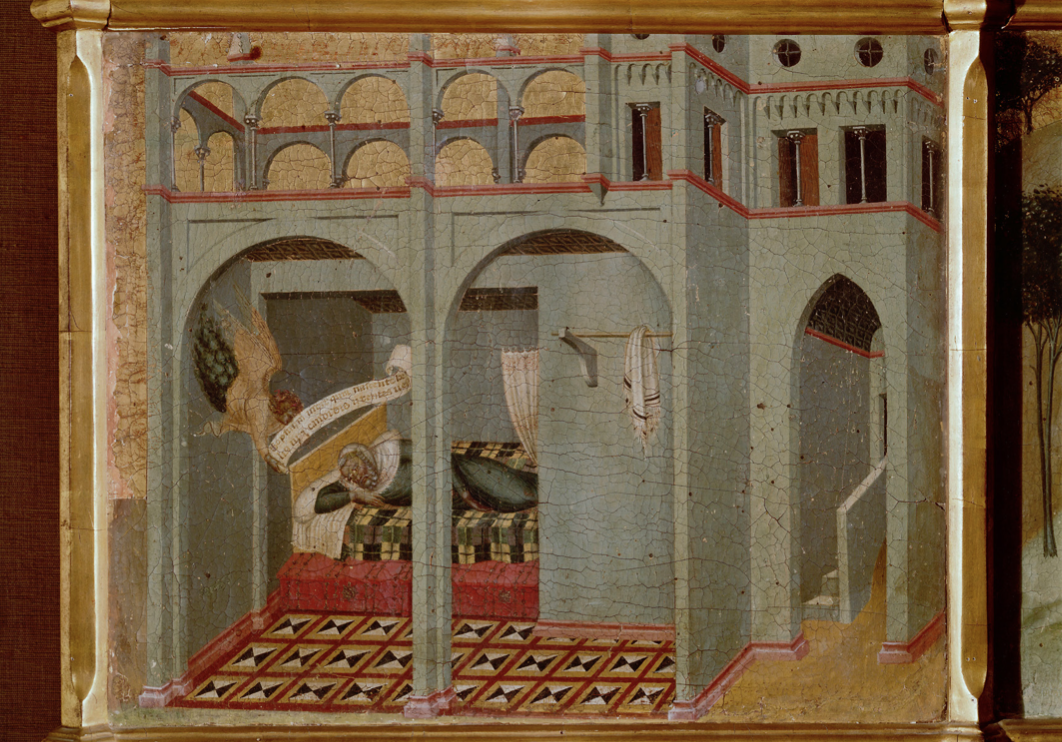
Pietro Lorenzetti, Sobach’s Dream, 1329 © Photo: Scala, Florence / Pinacoteca Nazionale, Siena
DIOGO VAZ PINTO Where did this interest in the history of our nocturnal life and sleep patterns come from?
ROGER EKIRCH Before At Day’s Close, I had writtten two other books and both were about the early years of American history, which was the subject of my bachelor’s degree. At the time, a fellow student born in Paris and I used to discuss what areas of research we’d like to focus on in the future. He was the one who suggested we studied sleep and how the way we sleep had evolved. I found it fascinating, and the truth is that I’d already wondered why no major study had been done on our sleeping habits through the ages. It just so happens that my classmate dropped out of the course and I inherited the project in the mid-80s. The problem was that, as the years passed by, the scope of the original project kept expanding; whereas initially I had decided to limit myself to English-language archives, I began to gather more and more information from the British colonies, as well as data from continental Europe. At a certain point, when I was immersed in compiling the information, I made two discoveries that were a source of relief at a time when I wasn’t sure if I’d even have enough material to fill a single chapter. The first was that until the start of the modern age, between the end of the Middle Ages and the Industrial Revolution, people took sleep very seriously, regardless of social class. The moment someone achieved a level of financial security, one of the first priorities was to buy a good bed. It was common for beds to be among the most prominent items in a will, which the testator used to show his or her preference for one of the heirs. This is a sign of the importance given to sleep. The second discovery, in the National Archives in London, was a series of testimonies, by both victims and witnesses of crimes, relating to ‘first sleep’. That intrigued me, so I tried to find out what it meant. Fortunately, there were already several data bases of literary works by then, above all of poetry and plays, where I could search the term both in original English-language texts and translated works. And that is when clues began to appear. I noticed that there was a familiarity with the way this pattern of sleep was referred to that seems strange to us today. These references were very common, which showed that any person at that time would have known what was being talked about.
The underlying idea was that between two periods of sleep, there was on average an interruption of at least one hour, during which people did a series of activities: meditation, praying, sex, household chores – pursuits that required little light. In 1995, I saw an article in the New York Times on the clinical studies run by Thomas Weir, a psychiatrist and sleep specialist, at the National Institute of Mental Health. These studies involved fifteen male volunteers who had no access to artificial light during the night and who, after three weeks, began to demonstrate a biphasic or segmented pattern of sleep. This discovery didn’t coincide exactly with my own findings in the historical archives, but it was very close. Weir tried to explain this phenomenon by emphasising the absence of artificial light, which accorded with the evidence from my own research. I contacted him and in our correspondence it became clear that he was as excited as I was about how our research overlapped. Starting from different perspectives, we had arrived at very similar results. Among the various articles I published after the book, the most important was from 2015, in which I tried to show that in western societies this was the dominant sleep pattern until the widespread use of artificial light. But the fact is that this pattern continued until much later, well after the Industrial Revolution, in communities where the night still imposed its cloak of darkness. There are references all the way up to the 20th century and, in my research, I found some dating back to ancient Greece and Rome. Even Homer refers to segmented sleep.
"It was common for beds to be among the most prominent items in a will, which the testator used to show his or her preference for one of the heirs."
DVP It’s interesting how this concern for sleep patterns has gained increasing importance. Their study has revealed that, on average, people in western societies are sleeping less and less. In 24/7: Late Capitalism and the Ends of Sleep, Jonathan Crary notes society’s successive efforts to create a system of production and consumption that is uninterrupted by the night.
RE These disruptions could explain why I speak more to doctors than historians and researchers these days. And while not all of the scientific community agrees with my theory, I find a lot of people interested in this work. It seems to me that my research has forced people to take a new look at what normal sleep patterns are. I can’t say that biphasic sleep was normal up to the Industrial Revolution, but what I was able to show with my book and my work since then is that the idea of eight hours of uninterrupted sleep is a modern invention, even though I found references to people who still had biphasic sleep up until World War I. Another reason for doctors’ interest in my research is my theory that middle-of-the-night insomnia, the main sleep disruptor nowadays, is a persistent echo of this earlier sleep pattern. Waking in the middle of the night was normal. Only at the end of the 19th and start of the 20th century did the first references to this form of insomnia start to emerge, and after that it became regarded as a very common type of sleep disruption.
[...]
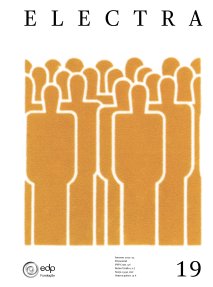
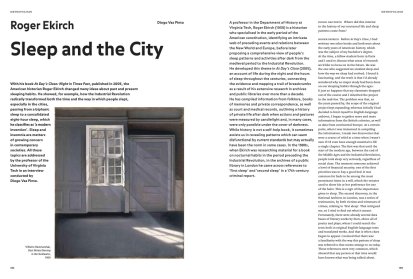
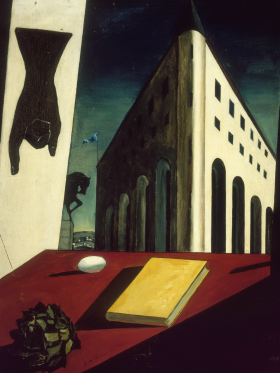
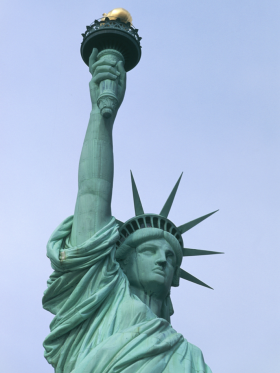
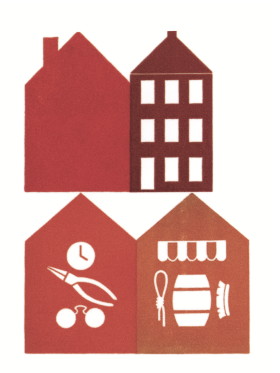
Share article